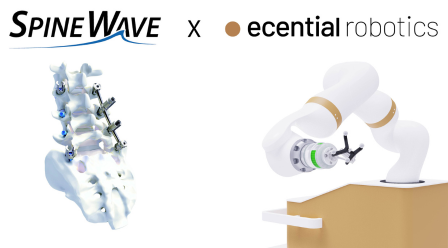(MT Newswires) -- Italian energy company Eni (ENI.MI) is aiming to sequester millions of metric tons of carbon dioxide in a subterranean reservoir by the end of the decade as part of an effort to help decarbonize industries in Italy that emit greenhouse gasses.
Luigi Ciarrocchi, Eni's director of carbon capture, utilization and storage, forestry and agro-feedstock, said in an interview with MT Newswires at The European House - Ambrosetti Forum that there are no other solutions for hard-to-abate industries including steel, paper and concrete.
"We don't have a magic wand," he said. "There's not one unique solution in order to decarbonize our system."
Eni plans to start the project in 2026 and have 4 million metric tons of carbon dioxide emissions sequestered per annum by 2030 in the Ravenna Hub. The project, located about 10,000 feet below the Po Valley in the Emilia-Romagna region of Italy, is one of the company's depleted reserves, Ciarrocchi said. The project is a joint venture with Eni's former subsidiary and Italian gas grid operator Snam (SRG.MI).
Cariocchi said he sees carbon capture and storage projects as complementary to the system of carbon offsets whereby companies purchase carbon credits for projects that seek to reduce or remove greenhouse gasses from the atmosphere through, for example, reforestation.
Ravenna Hub will be able to store about 300 million metric tons of carbon dioxide by 2050, equal to about four times the annual emissions of the Lombardy Region, according to a theoretical model developed by The European House - Ambrosetti, which published a strategic study on carbon capture and storage in collaboration with Eni and Snam.
With an estimated capacity of more than 500 million metric tons, the Ravenna Hub also will help create a 1.55 billion-euro value chain and more than 17,000 jobs by 2050, according to the European House - Ambrosetti's study.
Copyright © 2023 MT Newswires. All rights reserved. MT Newswires does not provide investment advice. Unauthorized reproduction is strictly prohibited.
 Intelligent Edge to Drive Energy Efficiency, Environmental Sustainability, Analog Devices' Cotter Says
Intelligent Edge to Drive Energy Efficiency, Environmental Sustainability, Analog Devices' Cotter Says
 Circuit City Launches Series A Funding, Plans Corporate Partnerships to Address 'Gap' in Consumer Electronics Market
Circuit City Launches Series A Funding, Plans Corporate Partnerships to Address 'Gap' in Consumer Electronics Market
 Fisheries Supply Records 15% Increase in Revenue Per User Through Constructor Partnership
Fisheries Supply Records 15% Increase in Revenue Per User Through Constructor Partnership
 Spine Wave and eCential Robotics Partner to Bring Advancements in Orthopedic Surgery to US
Spine Wave and eCential Robotics Partner to Bring Advancements in Orthopedic Surgery to US
